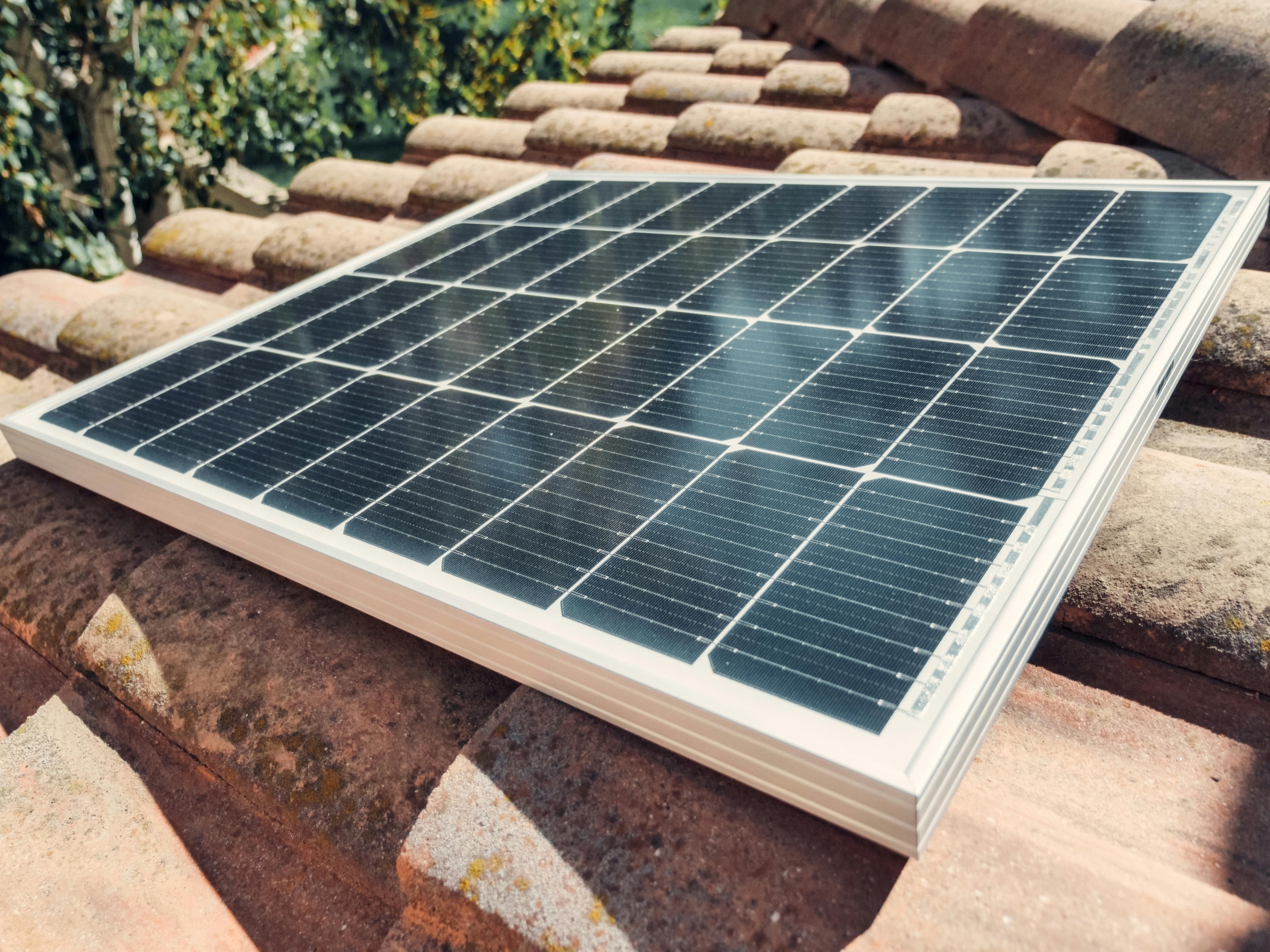Solar Energy in Rural Kenya: A Pathway Out of Poverty
 Approximately 71% of Kenya’s population lives in rural areas, where access to electricity is often limited or non-existent. Without electricity, rural communities rely on kerosene lamps for lighting, which are expensive, provide poor-quality light and pose health risks due to indoor air pollution.
Approximately 71% of Kenya’s population lives in rural areas, where access to electricity is often limited or non-existent. Without electricity, rural communities rely on kerosene lamps for lighting, which are expensive, provide poor-quality light and pose health risks due to indoor air pollution.
Solar energy presents a transformative solution in Kenya. It alleviates poverty by providing reliable electricity, promoting education and enabling various economic activities. Thus, solar energy initiatives in Kenya highlight the potential of renewable energy to drive sustainable development and improve living standards.
Solar Energy Initiatives in Kenya
One innovative approach that has made solar energy accessible to low-income households in Kenya is the pay-as-you-go (PAYG) model. This model allows users to pay for solar systems in small, manageable installments using mobile money platforms. The PAYG model reduces the upfront cost barrier, enabling more families to afford solar energy solutions.
Companies such as M-KOPA Solar are leading the change by providing these affordable solar home systems to rural households. M-KOPA Solar first launched its pay-as-you-go (PAYG) solar system in Kenya in 2010. These systems typically include solar panels, batteries and energy-efficient appliances, offering a sustainable and cost-effective source of electricity.
More than eight million households in Kenya spend a total of $1 billion on kerosene lamps for lighting, bringing the average to approximately $200 on lighting per household each year. With the introduction of M-KOPA’s PAYG solar systems, Kenyans now spend $200 for a one-time payment to receive electricity.
Impact on Education
Access to solar energy also has a profound impact on education in rural Kenya. Solar-powered schools can benefit from improved resources, such as the ability to use computers and the Internet. This access to technology enhances the learning experience and provides students with skills essential for the modern economy. Furthermore, with reliable lighting, students can study after dark, leading to better academic performance.
Economic Empowerment
Reliable electricity from solar energy enables various income-generating activities that were previously impossible or limited. For example, small businesses can extend their operating hours and farmers can use solar-powered irrigation systems to increase agricultural productivity. These opportunities contribute to higher incomes and improved livelihoods.
The solar energy sector itself also creates jobs, ranging from installation and maintenance of solar systems to sales and customer support. For instance, M-KOPA employs more than 1,000 people, the majority of whom are located in Kenya and the rest in Uganda. This contributes to economic growth, thus reducing poverty.
Moving Forward
Solar energy has the potential to significantly reduce rural poverty in Kenya by providing reliable electricity, promoting education and enabling economic activities. Through innovative models and sustained efforts, solar energy initiatives are transforming lives and contributing to sustainable development. Continued investment, supportive policies and community engagement are key to maximizing the impact of solar energy and ensuring a brighter future for rural Kenya.
– Jennifer Lee
Jennifer is based in Toronto, ON, Canada and focuses on Good News for The Borgen Project.
Photo: Pexels
